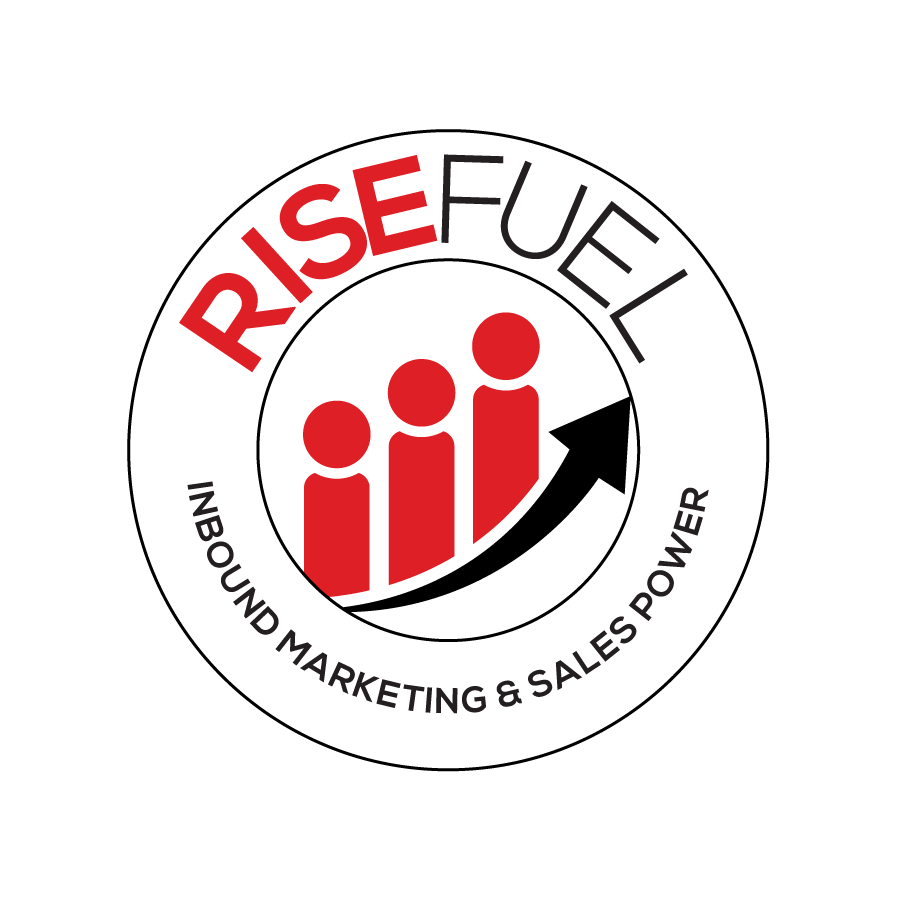
You've been creating content for a while now, but you know you can take it up a notch. Your blog posts and social shares get some attention, but they're missing that extra oomph to make them really stand out. Don't worry, we've all been there! The good news is there are some simple tricks you can use to step up your content game. In this post, we'll share 10 tips to help you optimize your content marketing and take it to the next level. From better headlines to visuals that pop, these actionable suggestions will have you creating content that wows your audience. Get ready to grab readers' attention and drive more engagement than ever before!
Know Your Audience
The first step to optimizing your content is understanding who you're writing for. Are you targeting millennials, Gen Xers or baby boomers? What are their interests and pain points? The more you know about your readers, the more you can tailor your content to their needs.
Do Your Research
Check out surveys and reports on your target demographic. See what social media platforms they use and the types of content they engage with. Look for trends in their behaviors and interests. The insights you gain will help you create content that resonates.
Develop Buyer Personas
Creating fictional representations of your ideal customers can help you get into the right mindset. Give your personas names, photos, backgrounds, goals, challenges and habits. Refer to them as you write to ensure your content is addressing their key concerns.
Choose the Right Tone and Format
Your audience will determine the appropriate tone, style and medium for your content. If targeting executives, use a formal tone and in-depth white papers. For millennials, a casual tone and listicles or videos may work better.
Test and Optimize
The only way to know for sure if your content is effective is to test it. Monitor comments, shares, page views, and other metrics to see how readers are engaging. Make changes as needed to improve the results. What's working? What isn't? Let the data guide your optimizations.
With a bit of research and testing, you'll be creating content that resonates with your target audience in no time. Keep your readers at the forefront of your mind, and you'll have a winning content strategy.
Create Compelling Headlines
Grab Attention
You only have a few seconds to grab a reader's attention, so make that headline count! A compelling headline is critical to getting people to read your content. Some tips for crafting a headline that grabs attention:
•Use numbers: People love lists and rankings. Headlines like "10 Ways to Boost Your Content Marketing" or "The Top 5 Social Media Trends of 2020" naturally attract interest.
•Invoke curiosity: Ask a thought-provoking question or tease the reader with an interesting promise. For example, "What Most Companies Don't Know About Content Marketing" or "The One Content Strategy You're Probably Missing".
•Use power words: Words like "secrets," "tips," "hacks," "shortcuts," or "strategies" create a sense of value that readers can gain by clicking through. But don't overpromise - make sure you can deliver on the headline's promise!
•Keep it brief: Shorter headlines, around 5 to 10 words, tend to work better. Long headlines lose impact and risk seeming overly salesy.
Match the Medium
The platform where your content appears also influences how people will interact with your headline. On social media, for instance, shorter and more curiosity-inducing headlines usually perform better. In an email newsletter, a headline with a personal tone and a clear benefit may resonate more. Consider where your target audience spends their time and tailor headlines to match those media.
Review and Test
Once you've written a few headline options, review them against the goals for that content piece. Will the headlines genuinely match the reader's expectations and achieve your aims? If possible, test a couple of the strongest choices on a sample of your target audience. Their feedback can confirm which headline has the most motivational and attention-grabbing power for your content and audience. With compelling headlines matched to the right mediums, your content is primed to reach and resonate with more readers.
Optimize for Search Engines
To get your content ranking higher in search engines like Google, you need to optimize it. Think of search engine optimization (SEO) as making your content as easy as possible for search engines to find, crawl, and categorize.
Include Relevant Keywords
Work those keywords into your page title, section headings, and in-body content. But don’t overstuff—aim for a natural 1-2% keyword density. Using synonyms and related terms for your main keywords also helps. For example, if your topic is “content marketing tips,” include words like strategies, advice, and recommendations.
Use a Clear Page Title and URL
Your page title and URL are like a roadmap for search engines. Include your target keyword in the page title and, if possible, in the URL. For example, “10 Content Marketing Tips to Boost Your Strategy” would be a good page title for this section.
Add Internal Links
Link to other relevant content on your site. This helps search engines discover your other pages and also gives your readers more useful information. For example, you might link to your “Beginner’s Guide to Content Creation” or “20 Must-Know Content Promotion Techniques.”
Optimize Page Speed
Nobody likes waiting for a slow page to load—especially not search engines. Compress images, remove plugins you don’t need, and optimize your page speed. Search engines prefer fast, mobile-friendly pages.
Encourage Engagement
The more people engage with your content, the more search engines will rank it. So encourage comments, shares, and links. Make your content easy to read and share by using an engaging writing style, visuals, and social media share buttons. Engaged visitors are also more likely to come back to your site, giving you more traffic and opportunities to rank.
Following these SEO best practices will get your content in front of more readers. While you may not reach the top of page one overnight, making search engine optimization an ongoing habit will help boost your rankings and traffic over time. Focus on creating high-quality content, and the rest will follow!
Promote Your Content
Share on Social Media
Promoting your content on social media is a must. Share each new blog post on platforms like Facebook, Twitter, LinkedIn, and Pinterest. Craft a compelling message for each platform to grab attention. Post eye-catching images, include intriguing excerpts, and always link back to your full post.
Reach out to Influencers
Contact influencers in your industry and ask them to share your content with their followers. Do some research to find influencers who actively share content and have a highly engaged audience. Send them a personal message explaining why you think their audience would find value in your post. Be polite and genuine—don’t just ask for shares without building a connection.
Submit to Online Directories
Search for industry publications, websites, and online directories that accept content submissions or guest posts in your niche. Pitch your content to the editors of these sites and ask them to consider featuring your blog post. Getting featured on authoritative sites exposes your content to new, targeted audiences.
Promote on Forums and Discussion Boards
Participate in online forums and discussion boards in your industry. Share your blog content when appropriate and relevant to the conversation. Be an active and contributing member of the community by posting helpful replies and responses, not just blog links. People will take an interest in your content if they see you as someone providing real value.
Email Your List
If you have an email list of subscribers and customers, send them an email highlighting your new blog post. Explain what they’ll learn or how it can benefit them. Keep your email concise but compelling so they’ll click through to read the full piece of content. Your email subscribers already know and trust you, so they’re more likely to engage with your content.
Promoting your content and generating more traffic takes effort and consistency. Choose a few of these strategies to get started, then refine and improve your process over time. With regular practice, you’ll build momentum and expand your reach.
Measure Results and Iterate
To get the most out of your content marketing efforts, you need to measure how your content is performing and make changes based on the results. There are several key metrics you should track to determine what’s working and what could be improved.
Traffic
How many people are visiting your content? Look at pageviews, unique visitors, and referral sources to see which content and channels are driving the most traffic. Then, double down on what’s working by creating more of that type of content or engaging more with those referral sources.
Engagement
Merely racking up pageviews isn’t enough. You need to see if people are actually engaging with your content. Track metrics like time on the page, bounce rate, and scroll depth to determine if people find your content interesting and useful. If engagement is low, you may need to improve the quality and relevance of your content.
Conversions
The ultimate goal of content marketing is to drive conversions, whether that’s email signups, product purchases, or client leads. Track how many people take a desired action after engaging with your content. Then, analyze which pieces of content are the biggest conversion drivers so you can produce more of that high-quality, highly targeted content.
Iteration
Don’t just set it and forget it. Review your metrics regularly and make changes to your content marketing strategy based on the results. This could mean altering your content calendar to focus on types of content that perform well. You may need to optimize underperforming content or promote high-performing content more aggressively. Continually optimizing your strategy based on actual data and insights is key to content marketing success.
Measuring results and making iterative improvements is what separates highly effective content marketing from wasted efforts. While it does require time and resources, the payoff can be huge in the form of greater traffic, higher conversion rates, and an overall successful content strategy. Put in the work to track the metrics that really matter, analyze the data, and make the necessary changes to optimize your content marketing. The results will be well worth it.
Conclusion
Well, there you have it - 10 awesome tips to take your content game to the next level. Whether you're just starting out or looking to give your content strategy a boost, implementing even just a few of these suggestions can really help you create more engaging, shareable content that attracts and retains readers. The key is to consistently provide value to your audience while also furthering your own goals. It does take work, but the payoff for awesome content that converts is so worth it. Now it's time to get creating and see your content and traffic numbers soar! What tips are you most excited to try out? Let us know in the comments!
Contact RiseFuel for your no cost content evaluation and a quote to handle your successful content marketing efforts moving forward.















